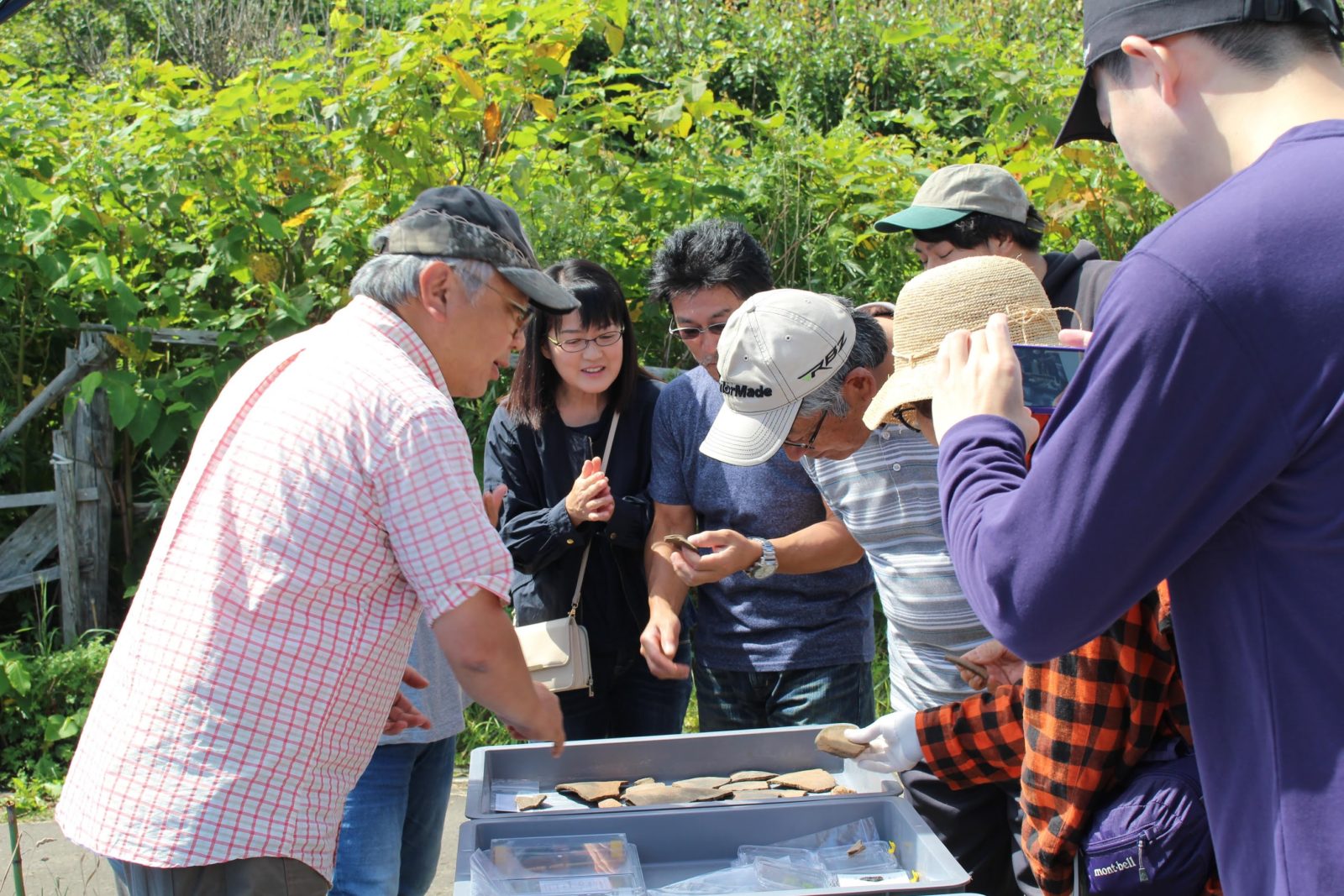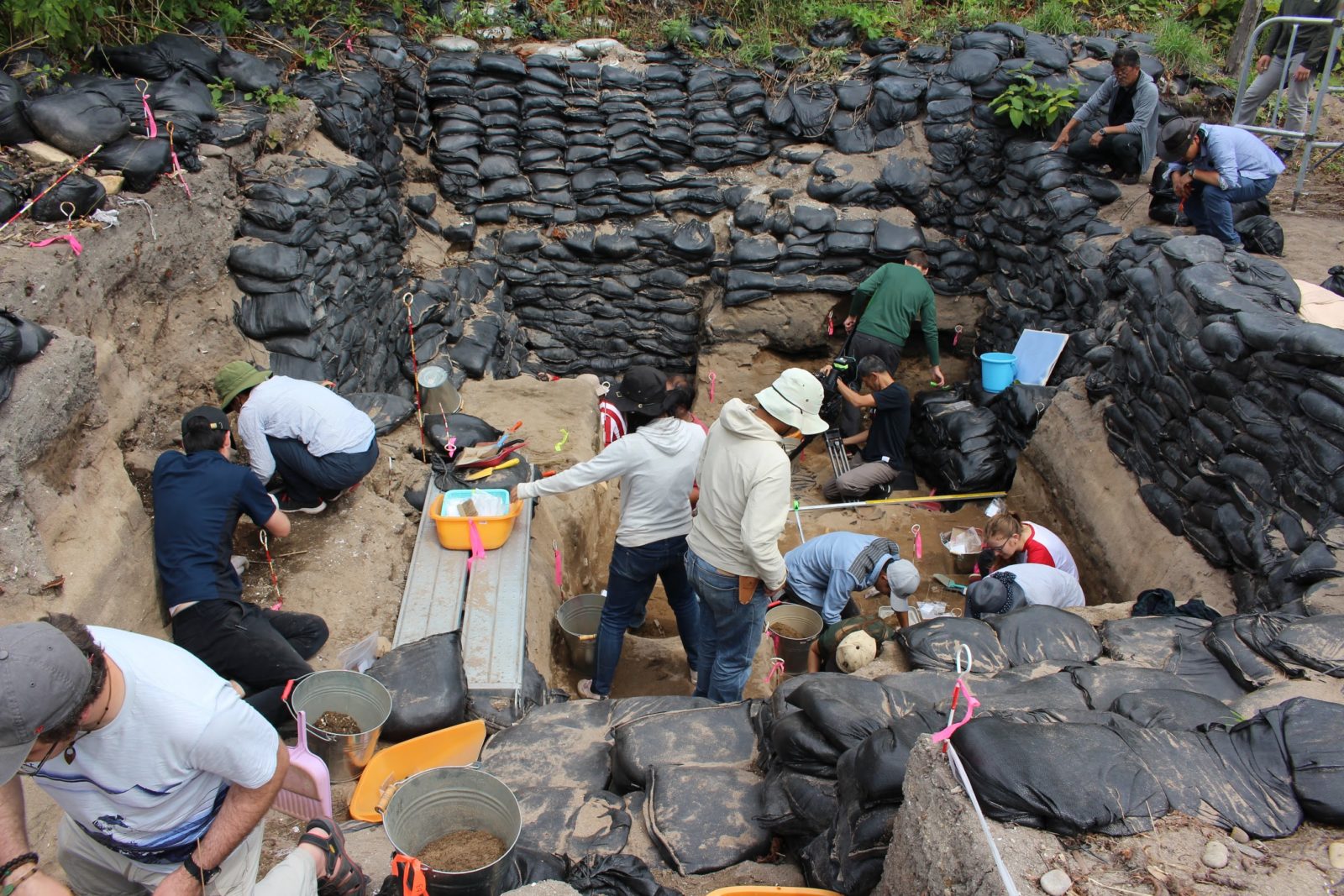HSI Report: International Archaeological Field School in Rebun Island
University News | October 02, 2018
Around 40 students, half of whom came from overseas, attended the International Archaeological Field School at Rebun Island as a part of the Hokkaido Summer Institute from August 7th to the 25th. The field school comprised two courses, one for undergraduate students and the other for graduate students. Undergraduates learned about Hokkaido culture and history as well as foundational archaeological practices and techniques, and the graduate students undertook research collaborations with specialists from different backgrounds and studied advanced archaeological techniques and theories.
“I want everyone to be able to come together, and study the history and archaeology of Hokkaido. I also want to encourage everyone to not think of history as separate—this is my history; that is your history—for example, and be able to identify with Hokkaido’s history, regardless of where they are from,” said Professor Hirofumi Kato, the main course convener.

Professor Kato, Centre for Ainu and Indigenous Studies, explaining archaeological finds to the local community.
Throughout their 3-week stay at Rebun Island, the students worked with the local community, attended lectures on archaeological theories and techniques, and actively participated in the excavations.
“The process takes a lot longer than I expected! You have to do things carefully and comprehensively. And, it’s not just about the digging, you clean the finds and get to work with people from other countries,” said undergraduate student Daisuke Hayashi.
“The course has really exceeded my expectations,” added undergraduate student Yang Ye. “The getting in the dirt and excavating part is a given. But, polishing and analyzing the finds has really given me a good idea of what archaeology actually entails. Plus, it’s a great opportunity to bond with everyone.”
The students also attended an art and archaeology workshop led by Artist Noriyuki Sawa on the 12th day of the field school to improve their creative skills. “Creativity is important for the field. You can’t create new research and ways of thinking if you lack the ability to imagine,” explained Professor Kato. For one of the activities, the students used the materials they collected from the beach (e.g. shell, sea glass) and turned them into crafts. Pretending these items were found in archaeological contexts, they then developed stories related to how the items could have been used.
Specialists from Oxford University, Sakhalin State University, Free University of Berlin, and Fareast Federal University were also involved in teaching the course. This multidisciplinary field school was a unique educational and professional experience for students and specialists from both Japan and overseas to learn about prehistoric Jomon and historical Ainu culture.
Written by Katrina-Kay Alaimo, Ph.D.


